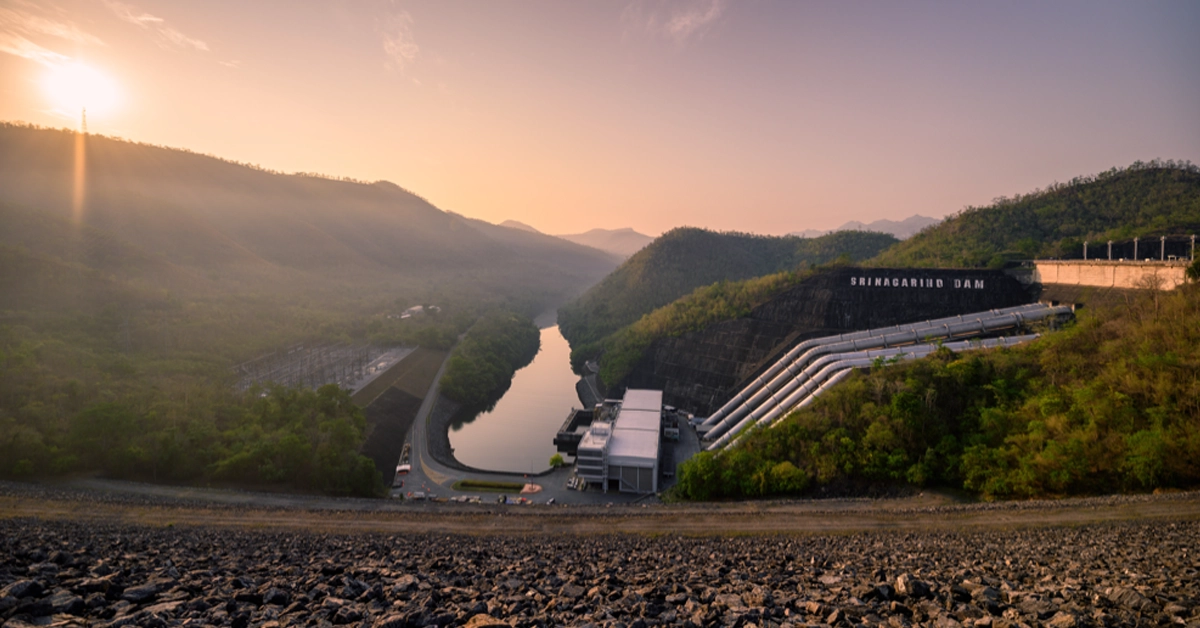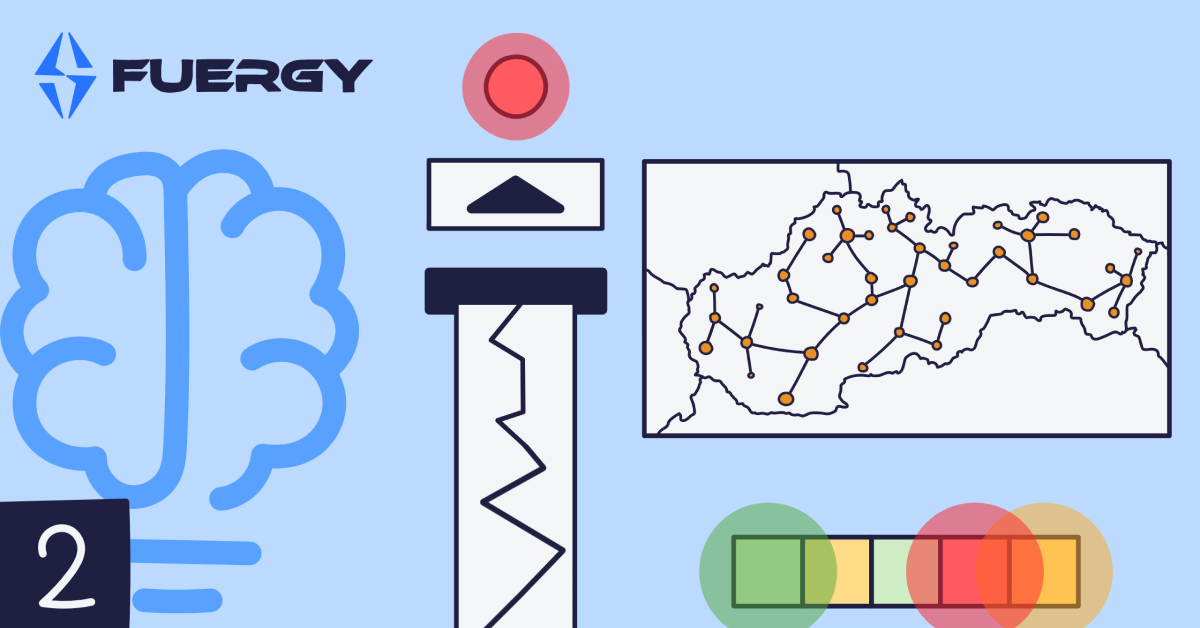
Hydropower produces ¾ of the world’s renewable energy. As we’ve entered the 21st century and the need for renewable energy grows as we realize the limits of fossil fuels, hydro will take center stage once again. On a larger scale, hydropower generates 16% of the world’s total electricity. This number could be tripled if all available river and lake resources were harnessed, resulting in an annual output of approximately 15,000 TWh.
Impact on the environment
For the last 150 years, hydroelectric dams have been built on all five continents, creating large lakes, regulating floods and harnessing the power of rivers to generate electricity. Along the way, we’ve discovered several serious drawbacks to this form of energy. One of them is their environmental impact.
Damless hydro is an interesting development in which only a portion of a river is diverged and then sped into a naturally-occurring vortex that spins a turbine, with the outflow channel reconnecting to the river. This allows fish to swim up- and downstream at ease, since its not a dam it does not create lakes and thereby the surrounding natural environment remains intact.
Modular hydropower plants
Another issue is the upfront cost. Furthermore, researchers at the University of Oxford found that prices of large dam projects ran 57% over their initial estimate on average. This makes hydro prohibitively expensive for many poorer countries and cash-strapped communities. New technologies are making the process more affordable. Modular hydro plants can be constructed off-site at cheaper costs and then simply transported to the project site for easy construction.
Another economic option is to power up the many non-powered dams already in existence. In the United States (US) alone, powering up the country’s 100 largest non-powered dams would bring in an estimated 45 TWh of electric energy annually.
Hydroelectricity is an industry that is especially vulnerable to changes in global temperatures. We are living in a climate change reality where extreme weather events are becoming more common, rainfall precipitation fluctuates wildly between years and water is becoming increasingly more scarce in some regions.
Hydropower has a unique double relationship with climate change; on one hand, it is a very clean source of energy that helps reduce emissions of CO2 and other harmful substances, on the other hand, it can cause havoc on natural environments.
Pumped storage reservoir
Pumped-storage hydro may be a valuable solution to the issue of fluctuating precipitation. In this mode, large dams use large bodies of water as giant batteries. In case of high demand, the water is allowed to flow through the turbine, thereby increasing the electrical energy generation to meet the daily spikes in energy consumption. During off-peak hours, the dam blocks most of the water from flowing through its turbines in order to generate adequately less energy.
Hydropower in the future
Cooperation with other renewables will be key to hydro’s success in the future. Hydroelectricity is relatively reliable, but it can be hindered by droughts and periods of low precipitation. A network of pumped-storage hydro plants could be used in combination with solar farms; whenever precipitation is high, the pumped hydro would release its water to produce energy, on the other hand, periods of drought are often accompanied by sunny weather which would allow solar panels to generate more energy.
Lastly, we may also extend our definition of hydroelectricity beyond rivers and lakes. Osmotic energy is an interesting concept that intersects the fields of chemistry and physics; brackish water from river deltas meets seawater and generates substantial kinetic energy. Wave energy is experiencing rapid development and is already in use in several countries around the world. Tidal energy is a budding new concept in the field of renewable energy as it is extremely consistent and could offer a novel form of harnessing the power of water.
Are you ready to be part of the renewable energy revolution? Contact us today! Our experts are here to help you find a tailor-made solution to your needs.
New dimension of energy optimization





